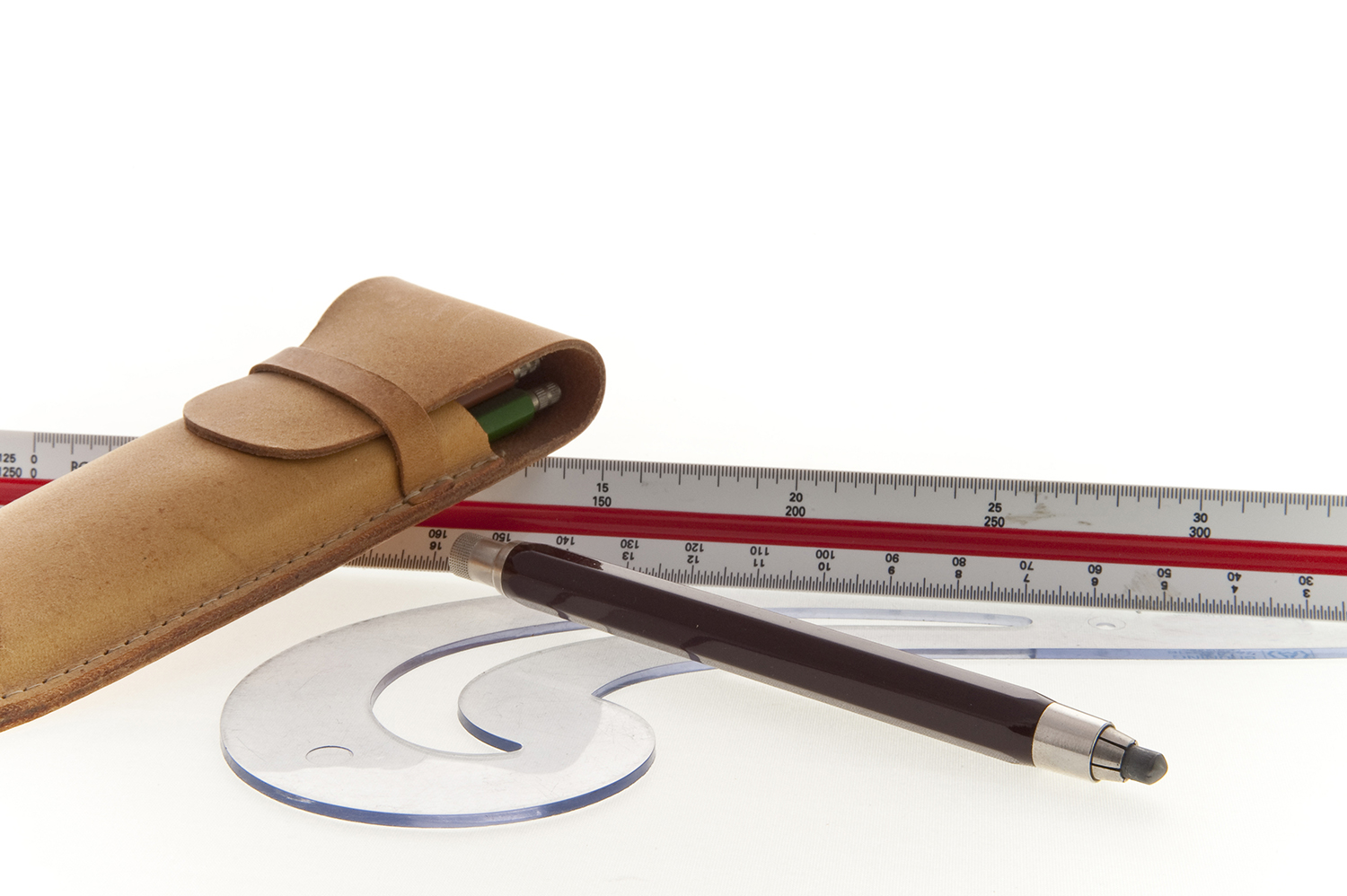Technology-Supported Science Instruction Through Integrated STEM Guitar Building: The Case for STEM and Non-STEM Instructor Success
Review
The most challenging aspects of STEM education is integration of each of the learning disciplines. Additionally, the shortage of educators with STEM skills mirrors the national shortage of science, technologist, engineers, and mathematicians in the workforce. The paper examines a problem based learning curriculum centered around the building of a solid body guitar as a vehicle to engage students with integrated STEM Modular Learning Activities (MLAs). Each of the STEM educators attended STEM Guitar Faculty Professional Development Institutes, a 50-hour camp on the building of the guitar, which aligned with the Common Core mathematics standards and the Next Generation Science Standards (NGSS). The building of the solid-body guitar by each student in the STEM program afforded recognition of 12 core STEM activities, e.g., guitar geometry, the use of CAD/CAM, electronics tolerances, oscilloscopes, and gauges. Each of the academic disciplines of STEM are addressed in the guitar’s construction, i.e., the sciences inclusive of biology of woods, physics of waves, the technologies available for design, the engineering of the guitar body, neck, and electronics, and the mathematics of geometry. The conclusion of the study, funded with grants by the National Research Council, demonstrated statistical evidence of improvement of learner STEM skills upon completion of the guitar. It also statistically indicated that STEM and non-STEM educators (educators with expertise in the humanities) were both equally capable of successfully implementing the guitar project.

Abstract
With a national emphasis on integrated science, technology, engineering, and mathematics (STEM) education in K-16 courses, incorporating technology in a meaningful way is critical. This research examines whether STEM and non-STEM teachers were able to incorporate technology in STEM courses successfully with sufficient professional development. The teachers in this study consisted of faculty from middle schools, high schools, and colleges recruited for STEM Guitar Building institutes held between 2013 and 2016. Each teacher participated in a 50-hour professional development opportunity in the manufacture of a solid-body electric guitar and received instruction on how to teach integrated STEM Modular Learning Activities (MLAs), which are aligned with the Common Core mathematics standards and the Next Generation Science Standards (NGSS). The data collected include pre- and postassessment from 769 students in three grade bands (grades 6-8, 9-12, and undergraduate level from 15 states). The results showed statistically significant gains at the p less than 0.05 level across all 12 of the core MLAs, with no statistically significant difference between STEM and non-STEM instructors for all except two MLAs. The two MLAs that did reveal a statistically significant difference were more technical—Set Up and Computer Aided Design/Computer Aided Manufacturing Systems (CAD/CAM). These results show non-STEM and STEM teachers alike in this study were able to successfully incorporate technology in NGSS-aligned integrated STEM lessons, as evidenced by student learning gains.
Hauze, S., & French, D. (2017). Technology-supported science instruction through integrated STEM guitar building: The case for STEM and non-STEM instructor success. Contemporary Issues in Technology and Teacher Education, 17(4), 483-503.
